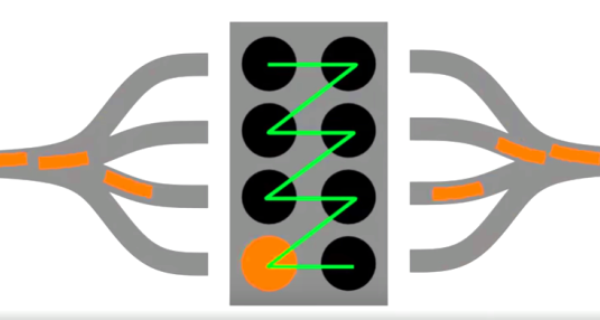

Hence why a V-8 as large as the Z06's 5.5-liter is so surprising a choice for a modern engineering squad. But the bigger the pistons and the faster they move, the greater the secondary vibration, which can ultimately prove damaging to the engine and things that bolt to it. Sports cars care less about comfort and more about squeezing the most power out of each drop of fuel, and flat-plane cranks help do that. The way in which a flat-plane works within a V8 engine is more like two in-line 4-cylinder engines mated together, with the firing order of each order being in a Right-Left-Right-Left-Right-Left-Right-Left pattern. The firing order with a flatplane V8 allows for perfect balance between banks - each subsequent firing cylinder being on alternating left and right banks. The earliest V-8s all used flat-plane cranks, until in 1923 Cadillac introduced a cross-plane crankshaft with counterweights that quelled the nasty secondary vibrations (those that happen twice per revolution) inherent in a flat-plane crank for a smoother, more luxurious experience. The typical firing order for a boxer-four engine is for the left bank of cylinders to ignite one after another, followed by the right bank of cylinders (or vice versa), with the firing interval evenly spaced at 180 degrees.

We have a great explainer article outlining the differences and benefits of each crankshaft design here, but in a nutshell, a flat-plane V-8 crankshaft looks just like an inline-four crank with its throws 180 degrees apart and with room for two rods on each throw, whereas the cross-plane crank divides up the throws at 90 degree angles.


 0 kommentar(er)
0 kommentar(er)
